In the Biochemistry laboratory, chemical, physical and biochemical tests are performed in order to evaluate the structural and efficiency properties of molecules and enzymes, such as products containing hyaluronic acid.
SEM analysis
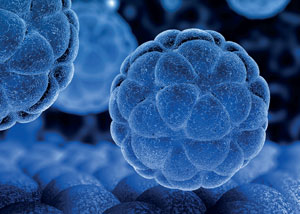
Analysis in Scanning Electron Microscopy (SEM) of the surface of a substance or on a surface treated with the substance. The protocol allow to study the morphological features of compounds (i.e. powders, gels, formulations) or the capability to create layers.
Market: Cosmetics, Medical devices, Raw materials.
TEM analysis
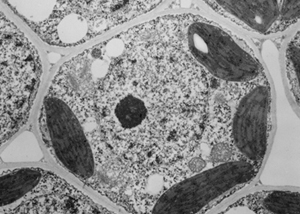
Analysis in Transmission Electron Microscopy (TEM) can be used to study the structure of organic substances, i.e. the collagen’s triple-stranded helical molecule contained in raw materials or formulations.
Market: Cosmetics, Medical devices, Raw materials.
Ultrastructural analysis
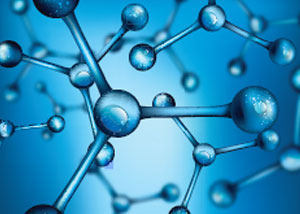
The ultrastructural study of a sample is a multiparametric analysis performed by Scanning Electron Microscopy (SEM) and Transmission Electron Microscopy (TEM), which provides a first morphological analysis with photos at different magnifications and then the structure of the substance to be tested.
Market: Cosmetics, Medical devices, Raw materials.
Heavy metals analysis
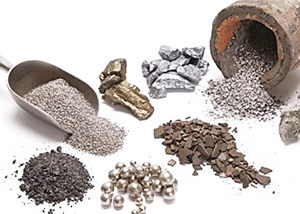
This analysis provides the identification of the possible presence, in a raw material or in a finished product, of the most common heavy metals: As, Cd, Cr, Co, Ni, Pb, Hg, Sb, by the Inductively coupled plasma – optical emission spectrometry technique (ICP-OES).
Market: Cosmetics, Medical devices, Raw materials, Household products.
Cannabinoids analysis
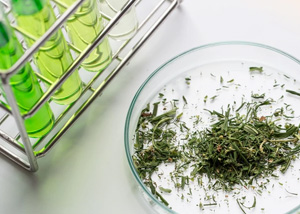
Titration of THC, THC-A, CBD, CBD-A, CBN and CBG contents in raw material or in a finished product is performed by high performance liquid chromatography-UV detection (HPLC-UV) coupled with mass spectrometry (MS) techniques.
Market: Cosmetics, Actives, Raw materials.
Determination of HA percentage
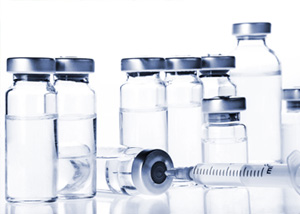
The determination of the amount of hyaluronic acid (HA) inside medical devices, in particular injectable HA hydrogel fillers, is fundamental for the registration of the product to be tested.
The analysis is performed by a protocol developed, set-up and patented by UB-CARE.
Market: Cosmetics, Medical devices, Raw materials.
Identification of chemicals in formulations
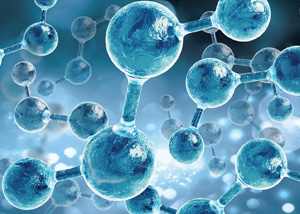
The identification of known compounds inside raw materials and finished products has a great importance in terms of certification of the quality of the manufacturing process.
The study is performed by 13C NMR solid-state spectroscopy. The analysis allow to verify also the grade of the ingredients, highlighting possible contaminants.
This analysis is able to identify a known compound, used as a standard, inside a formulation, certifying its real presence.
Market: Cosmetics, Medical devices, Raw materials.
Sensitivity to hyaluronidase

In aesthetic medicine, hyaluronidases are used for dissolving the injected hyaluronic acid filler, eliminating nodules, correcting the injection of excessive quantities of injected filler, or avoiding ischemic complications derived from this practice.
The product containing hyaluronic acid is put into contact with the hyaluronidase enzyme and the N-acetylglucosamine release in the sample, as a function of the product’s degradation, is assayed by a time-course analysis to reach the maximum degradation rate.The aim of the test is the determination of the degradation percentage of hyaluronic acid by the quantification of N-acetylglucosamine released by the action of hyaluronidase.
Market: Medical devices, Raw materials.
Determination of primary aromatic amines
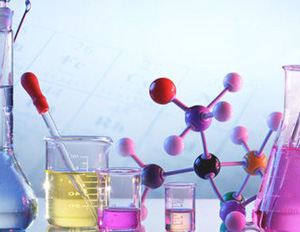
A group of primary aromatic amines is analyzed according to Commission Regulation (EU) No. 10/2011, its amendments and technical guidelines of the CCR EN24815 EN2011.
Market: Medical devices, Raw material.
Characterization of polymer molecules
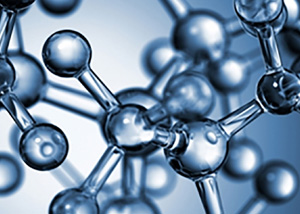
The characterization of the product is essential to know its limits and potential. For this reason, our laboratories offer a complete analytical support for an in-depth investigation of the chemical and physical characteristics of the substance. Our analyzes cover various areas, including: rheology (viscoelasticity), characterization of molecular weight and polydispersion index, active titration, degradation of organic molecules (degradation of hyaluronic acid by hyaluronidase), percentage titre of hyaluronic acid by method patented internal, in silico study to predict the effectiveness of a molecule.
Markets: Cosmetics, Medical devices, Raw materials.
Market: Medical devices, Raw material.
Determination of the extrusion force
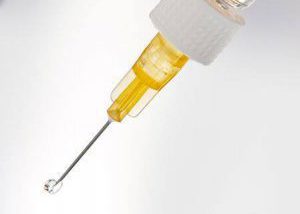
The extrusion process consists in forcing the material, by compression, to pass through a hole (called “matrix”) such as needle or cannula. In our laboratories, we determine the extrusion force of a product from the primary packaging by simulating the mode of use, thanks to an innovative method developed internally. The force required to extrude the product must fall within specific limits to guarantee the correct adaministration. The force is influenced by the viscosity of the sample and the size of the cannula/needle chosen for the administration site. Thanks to the use of taylored syringe supports, the test developed by UB-CARE is suitable for the most common syringe formats on the market.
Rheology

Rheological tests are essential to verify the quality of finished products (cosmetics and medical devices) and their raw materials, to evaluate the mechanical behavior of a formulation but also the effects of storage time and temperature on the quality and acceptability of a final product or to test the flow and deformation of biological fluids.
UB-CARE has developed several rheological tests, including:
SHEAR RATE RAMP TEST
The test allows to determine the behavior of a product or its raw material, allowing its classification in Newtonian or non-Newtonian fluids.
SWEEP AMPLITUDE TEST
The Amplitude sweep test is essential to determine the Linear Viscoelastic Region (LVER) of the sample, within which it is possible to apply stress and deformations (shear strain), without breaking its microscopic structure, as the shear strain varies. In the LVER, the elastic modulus (G’), the viscous modulus (G”) and the tangent of the phase angle (tan δ) remain constant. For hydrogels containing hyaluronic acid, the test provides indications on the degree of crosslinking of the sample.
FREQUENCY SWEEP TEST
The Frequency sweep test, coupled to the amplitude sweep test, allows to evaluate the behavior of the elastic modulus (G’), the viscous modulus (G”) and the phase angle tangent (tan δ) of the sample as the frequency varies, simulating the stability of the product at rest or the application of small external stresses.
Markets: Cosmetics, Medical devices, especially hyaluronic acid fillers, Raw material
